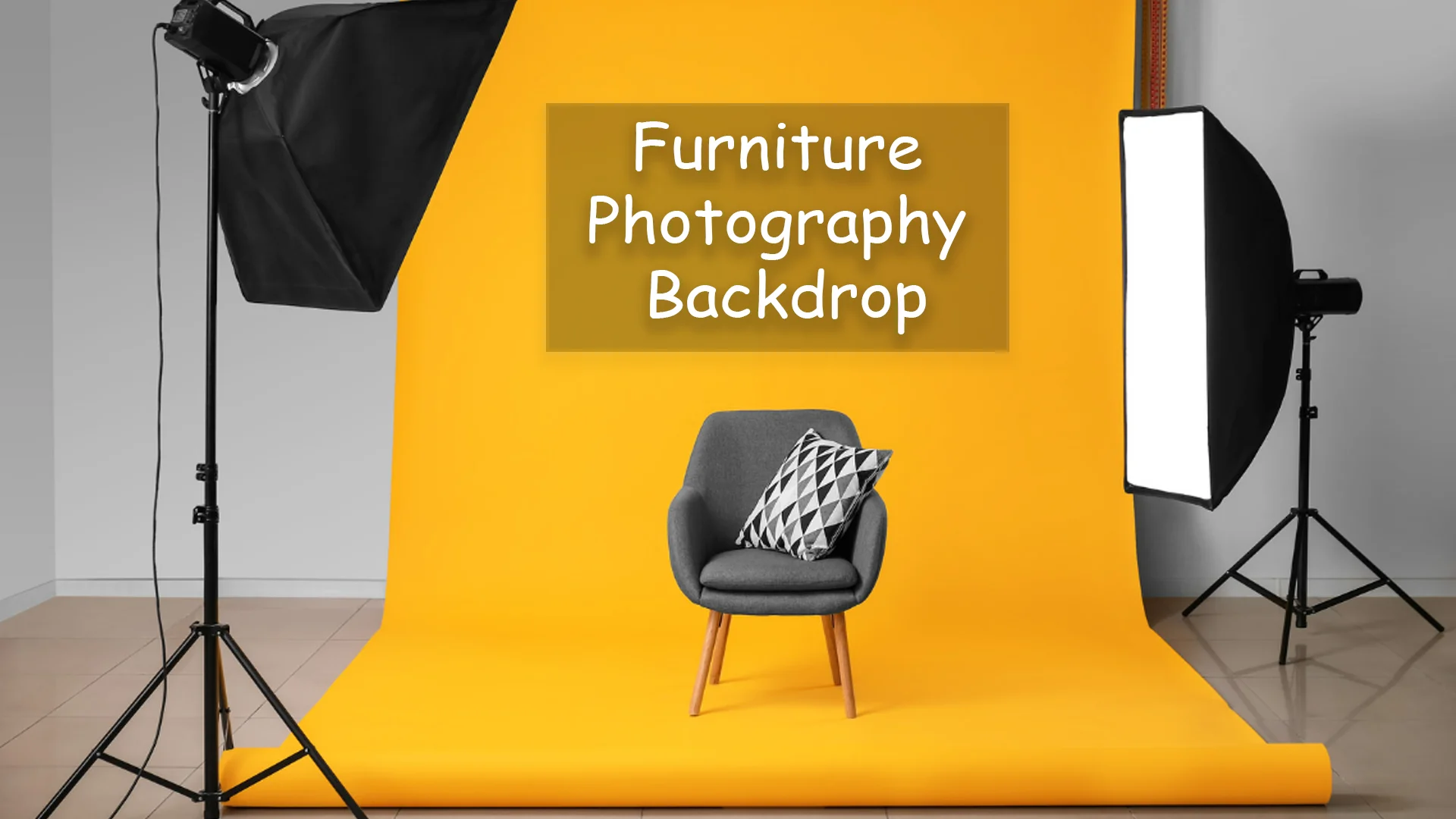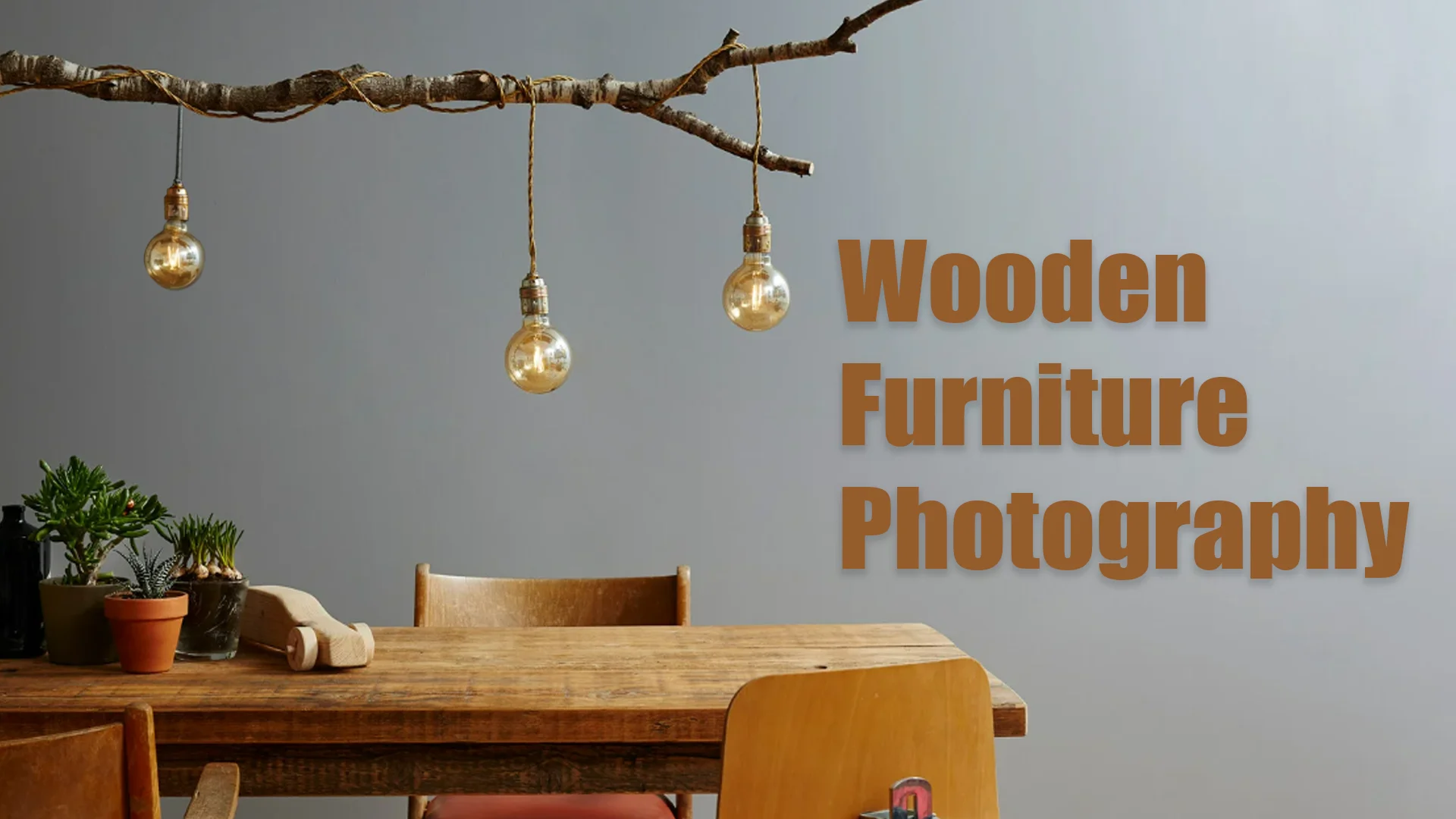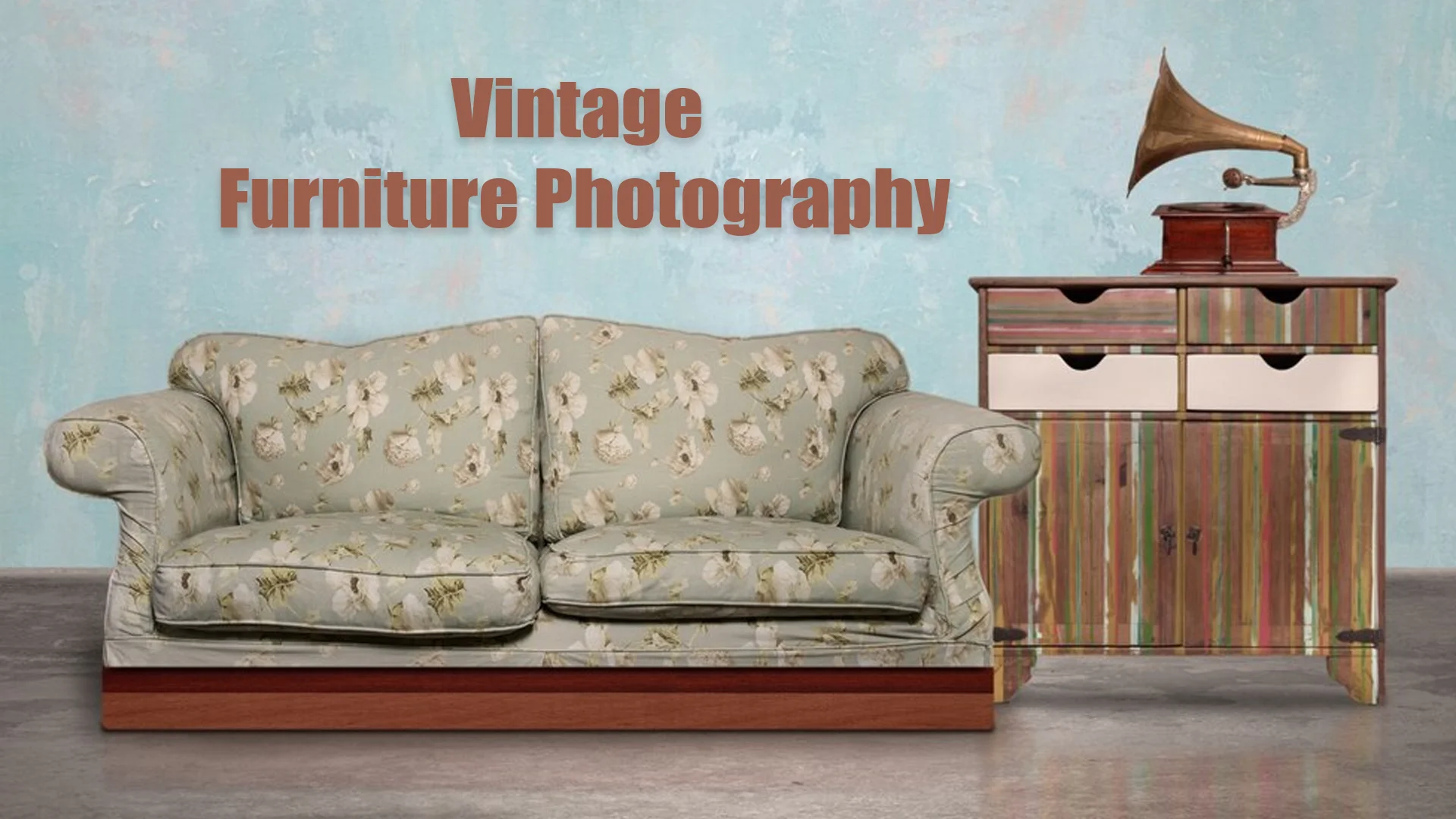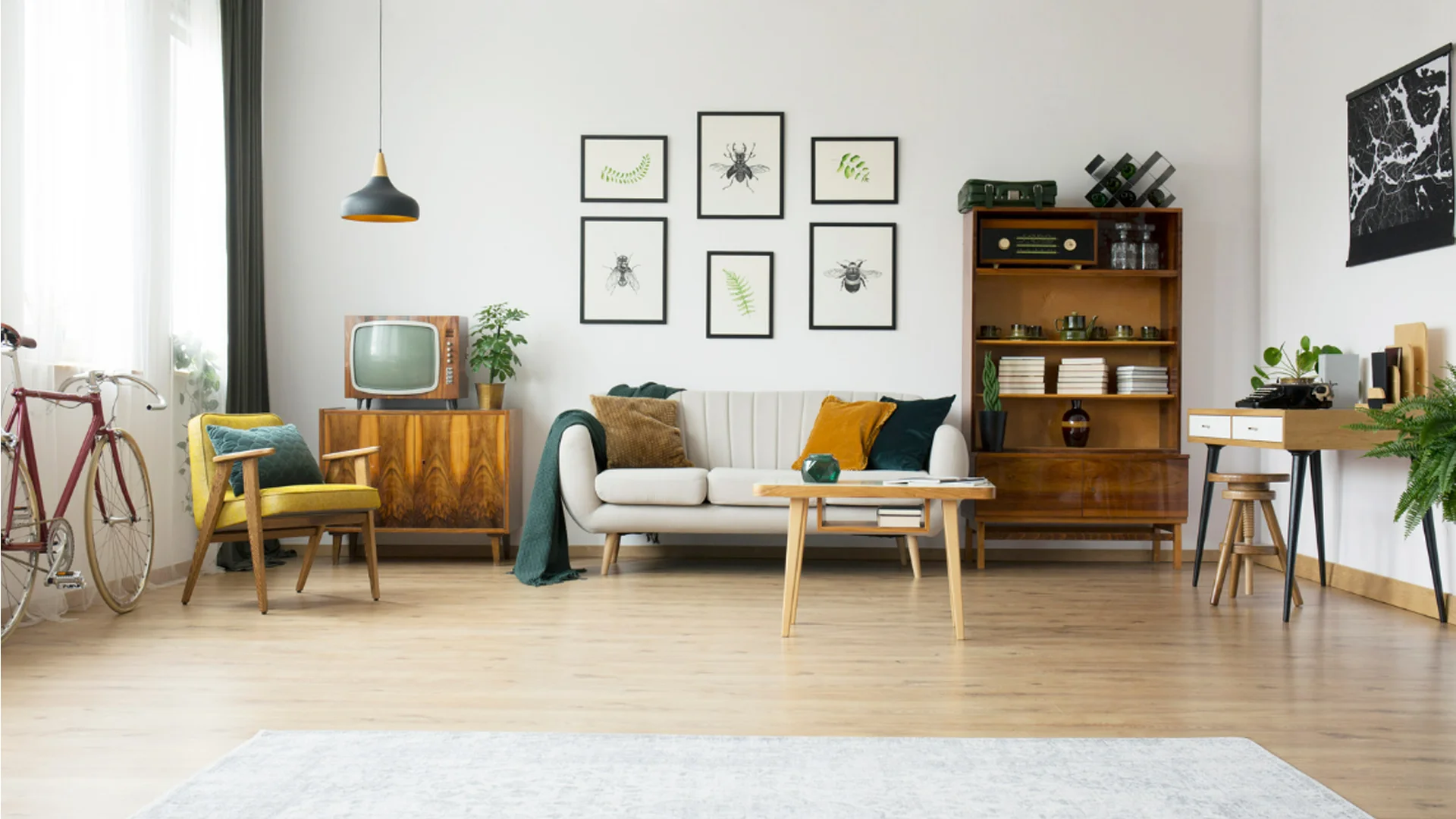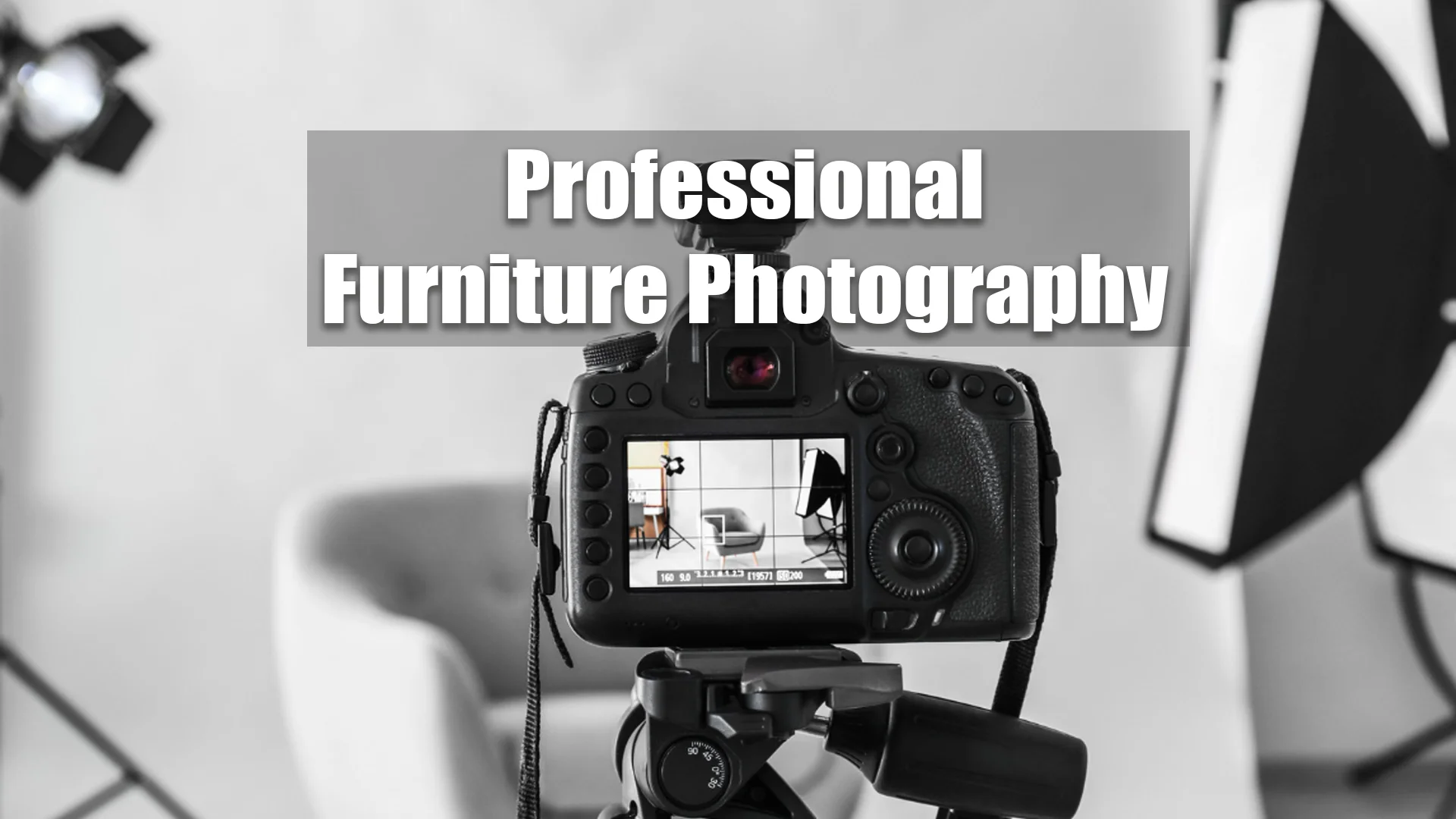Have you ever wondered what makes a furniture photograph stand out? It’s not just the furniture itself—it’s the backdrop that frames it. A carefully chosen furniture photography backdrop has the power to transform an ordinary shot into something truly unique and visually striking. Whether you’re photographing furniture for a catalog, a website, or just capturing its beauty for social media, the right backdrop can elevate your photos and create an unforgettable impression.
In this article, we’ll explore the importance of selecting creative backdrops for furniture photography. We’ll dive into the different types of backdrops you can use and provide tips on how to choose the one that works best for your furniture pieces. By the end, you’ll understand how a thoughtful and imaginative backdrop can bring your furniture photography to the next level.
The Importance of a Furniture Photography Backdrop
When it comes to furniture photography, the backdrop is more than just the background—it’s an essential part of the overall composition. Without a well-chosen backdrop, even the most beautifully designed furniture can appear lackluster. A thoughtful furniture photography backdrop serves to highlight the furniture’s shape, texture, and color. It helps to set the mood and story for the shot, making the furniture appear more appealing and intriguing.
Additionally, a backdrop can influence the lighting, depth, and composition of your image. It can provide contrast, complement the furniture’s design, and draw attention to its most striking features. In short, a good backdrop helps tell the story of the furniture and the space it’s meant to inhabit, allowing the viewer to visualize how the piece fits into their own lives.
Choosing the Perfect Furniture Photography Backdrop
When selecting a furniture photography backdrop, consider the furniture piece itself. The backdrop should complement the piece’s style, colors, and features, enhancing its appeal. Let’s take a look at several factors to keep in mind when choosing the ideal background.
1. Style of the Furniture
The style of the furniture you’re photographing should influence the type of backdrop you choose. A minimalist, modern sofa might look best against a clean, neutral backdrop that highlights its sleek design. In contrast, a vintage armchair may look best with a textured or rustic backdrop that evokes warmth and character. The backdrop should never compete with the furniture—it should serve as a supporting element that enhances the piece.
2. Color and Contrast
The color of your backdrop plays a significant role in how the furniture stands out in the photograph. If the furniture is light-colored, a darker backdrop can create contrast, making the piece pop. Conversely, a light-colored backdrop works well with dark furniture, providing balance and emphasizing the furniture’s shape and texture. When selecting colors, think about the mood you want to convey. For example, neutral tones create a calm and sophisticated atmosphere, while vibrant colors can make the photograph feel more energetic and bold.
3. Lighting and Its Impact on the Backdrop
Lighting plays a critical role in furniture photography, and the backdrop can impact how light interacts with the scene. A white or light-colored backdrop can reflect light, creating a soft and even lighting effect on the furniture. Dark or patterned backdrops absorb light, which can create more dramatic shadows and add mood to the image. Be mindful of how your chosen backdrop will affect the lighting in the shot and adjust accordingly to highlight your furniture in the best possible way.
4. Texture and Material of the Backdrop
Different textures can add depth and dimension to your furniture photos. A backdrop with a smooth, solid color can create a clean and professional look, while textured backdrops—such as brick walls, wooden panels, or soft fabrics—can lend an organic, layered feel to the shot. Textured backdrops work particularly well with vintage or industrial-style furniture, as they can add a sense of history and personality to the image.
Creative Furniture Photography Backdrops
Now that we’ve covered the factors to consider when choosing a furniture photography backdrop, let’s dive into some creative backdrop ideas that can enhance your furniture photos.
1. Minimalistic and Clean Backdrops
One of the most popular trends in furniture photography is using minimalist, clean backdrops. White walls or neutral-colored backgrounds create a sleek, modern look that puts the focus entirely on the furniture. These simple backdrops are particularly effective for contemporary and modern furniture, where the design and clean lines of the pieces are the focal point. A minimalist backdrop creates an airy, uncluttered environment, making the furniture appear elegant and sophisticated.
2. Textured Walls and Industrial Settings
Textured backdrops like exposed brick walls, wooden paneling, or concrete surfaces add personality and dimension to your images. These types of backdrops work well with furniture that has an industrial or rustic style. The rough texture of the background contrasts beautifully with the smooth lines and surfaces of the furniture, creating a balanced and dynamic composition. Whether you’re photographing vintage chairs, industrial tables, or cozy sofas, textured walls can create an atmospheric setting that complements the furniture.
3. Nature-Inspired Backdrops
For furniture that evokes a sense of relaxation and tranquility, nature-inspired backdrops can create a beautiful, serene atmosphere. Think of an outdoor setting with lush greenery, blooming flowers, or a calm beach scene. These types of backdrops work well for eco-friendly or organic furniture pieces, as they help convey a connection to the natural world. Natural elements like plants, trees, or even an outdoor patio can be incorporated into your furniture photography to create a fresh, inviting image.
4. Fabric and Soft Textures
Soft, fabric backdrops such as velvet curtains, linen drapes, or textured upholstery can add a touch of luxury and sophistication to your photos. These materials provide a rich texture that contrasts with the hard surfaces of furniture, creating a sense of balance and depth. Fabric backdrops also offer flexibility when it comes to color and mood. Whether you want a light, airy look or a rich, moody atmosphere, fabric backdrops are versatile and can help you create a visually appealing scene.
5. Room Settings and Lifestyle Backdrops
Another creative option is to photograph your furniture in a real-life setting. This type of lifestyle photography showcases the furniture in a room, complete with décor items, rugs, and other pieces that create a full scene. Whether you’re shooting a cozy bedroom, a chic living room, or a stylish office space, this backdrop allows you to show how the furniture fits into everyday life. A well-styled room backdrop can help potential customers visualize how the piece would look in their own homes, making it a powerful marketing tool.
6. Bold and Artistic Backdrops
If you’re looking for something more unique, consider using bold and artistic backdrops. Abstract patterns, geometric shapes, or vibrant color gradients can add an artistic flair to your furniture photography. These types of backgrounds work especially well with contemporary and avant-garde furniture designs. The key is to ensure that the backdrop doesn’t overpower the furniture but instead enhances its visual impact.
Lighting Tips for Furniture Photography Backdrops
No matter what backdrop you choose, lighting plays a crucial role in how the scene is captured. Proper lighting can transform a good backdrop into a great one and ensure the furniture is highlighted in the best light.
Natural light is often the best option for furniture photography, as it creates soft, flattering shadows and brings out the colors and textures of the furniture and backdrop. Try shooting near a large window with plenty of daylight for an even, natural glow. If you’re using artificial lighting, position softboxes or diffusers to minimize harsh shadows and create a more balanced, flattering light. Experiment with different light angles to see how the backdrop interacts with the furniture and enhances the overall composition.
Conclusion
A creative and thoughtfully chosen furniture photography backdrop can take your photos to the next level. Whether you choose a minimalistic backdrop, a natural setting, or a textured surface, the key is to ensure the backdrop enhances, not detracts from, the furniture itself. By considering factors like color, texture, lighting, and composition, you can create furniture photos that are not only visually appealing but also tell a story. With the right backdrop, your furniture will shine, and your photographs will stand out in any setting.
Frequently Asked Questions (FAQs)
What type of backdrop is best for modern furniture photography?
Modern furniture often looks best against minimalist, neutral backdrops. A white wall, light-colored backdrop, or simple fabric backdrop will complement sleek, contemporary designs without distracting from the furniture itself.
Can I use an outdoor backdrop for indoor furniture?
Yes, outdoor settings can work beautifully for furniture photography, even if the furniture is designed for indoor use. A garden, patio, or natural landscape can create a relaxed and inviting atmosphere that contrasts nicely with indoor furniture.
Should I choose a solid color or patterned backdrop?
It depends on the style of the furniture. A solid color is often a safe choice as it keeps the focus on the furniture, but a subtle pattern or texture can add depth and interest to the photograph, especially for more eclectic or vintage pieces.
How can I make my furniture photography stand out?
To make your furniture photography stand out, choose a backdrop that complements the piece while adding visual interest. Play with lighting to create mood and emphasize the features of the furniture, and experiment with different angles to create dynamic shots.
Can I use props with my furniture photography?
Props can enhance the scene, but they should never overshadow the furniture. Use props like throw pillows, rugs, or plants to add context and interest to the photograph, but keep them minimal to ensure the furniture remains the focal point.
How do I prevent my backdrop from overshadowing the furniture?
To avoid the backdrop overwhelming the furniture, choose a simple and complementary background. Keep the backdrop neutral or textured without using loud colors or busy patterns that may detract attention from the furniture. Balance the composition so the furniture remains the central focus of the image.
